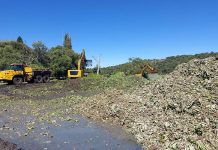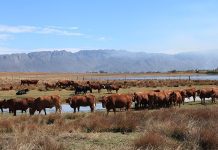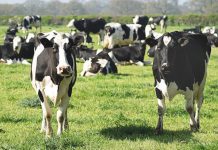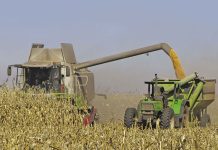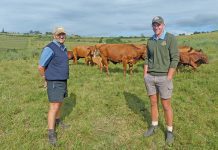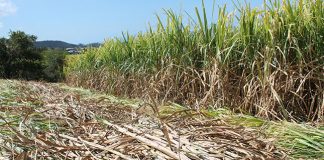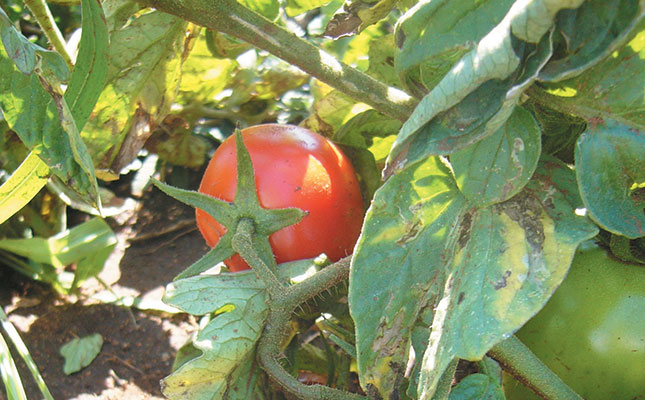
Speaking at the recent launch of the 2017 Gauteng State of Environment Report, Maile said that infrastructure to monitor air and water quality had been deteriorating.
“[Increases] may be an indicator of untreated wastewater entering a stream due to noncompliance with operating capacity resulting in overflows,” the report said.
Farmer’s Weekly reported earlier that Maile had said municipal executives and private entities that failed to comply with anti-pollution measures would be prosecuted.
Speaking to Farmer’s Weekly, environmental scientist Mia Uys said that according to the water standard SANS 241:2015, the acceptable level of E. coli in drinking water are 0cfu (coliform forming units) per 100ml.
According to the report, 4 020km², or 22,1% of Gauteng’s land surface area, was used for pivot and non-pivot crop cultivation.
A further 17km² were used for orchards and 12km² for subsistence crops.
The report stated that there had been an increase in faecal coliform (measured as E. coli) concentrations from 2011, with most samples falling within the ‘not acceptable’ to ‘poor’ category.
All of the data indicated that ‘acceptable’ parameter had been exceeded in most of the catchments, with an increasing trend over the years.

